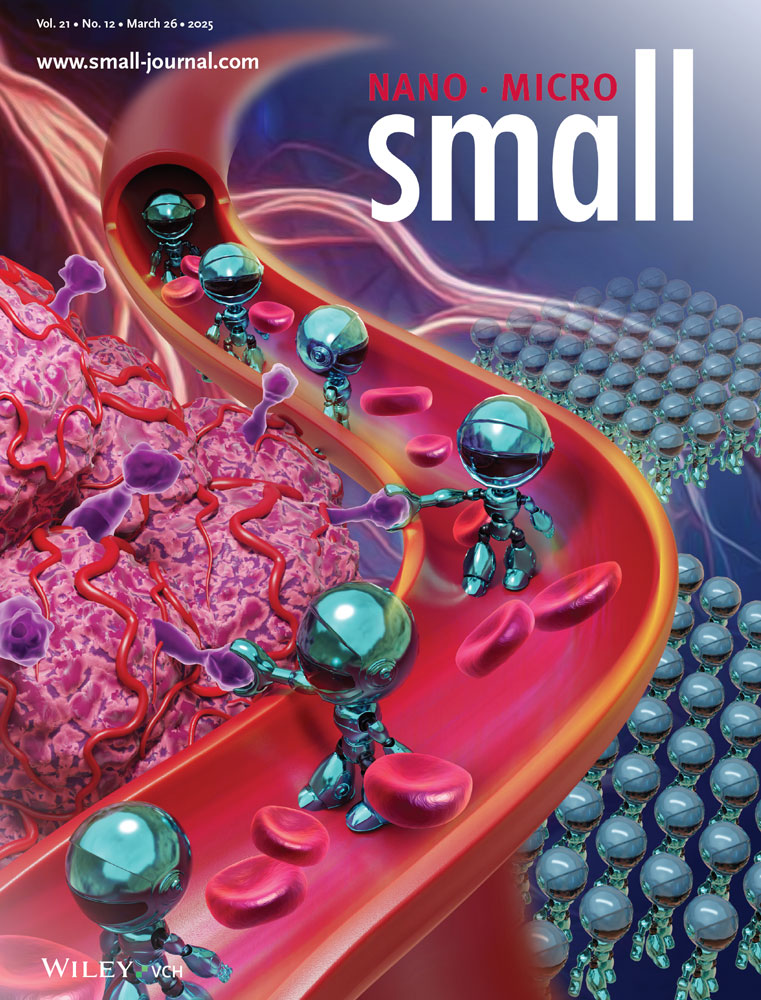Ti3C2Tx-Based Cross-Scale Laminated Structural Structures: Enabling Sub-Wavelength Impedance Modulation and Underwater Broadband Sound Absorption
Abstract
Designing underwater acoustic absorbing materials with sub-wavelength thickness in the mid-to-low frequency range (400–4000 Hz) remains a challenge, especially for broad frequency applications. Most current designs focus on a single spatial scale, limiting their frequency range. To address this, a composite material (MPSFn-SBR) made of Ti3C2Tx-polyvinyl alcohol self-assembled films(MPSFn) and styrene-butadiene rubber (SBR) is designed, featuring a cross-scale laminated structure. On a macroscopic scale, the MPSFn-SBR has a sandwich structure, with the SBR layer serving as a protective layer and the MPSFn core modulating impedance. On a mesoscopic scale, the MPSFn layers transform longitudinal waves into shear waves, improving sound absorptionat mid-to-low frequency range. On a microscopic scale, the MPSFn's two-phase coexistence system with a defect phase enriches vibration modes, broadening the absorption bandwidth. Results demonstrate that the cross-scale laminated structure enables effective sound absorption at sub-wavelength thickness (10 mm, ≈1/375 of the wavelength). A broad peak is observed from 1200 to 4000 Hz, with an average absorption coefficient of 0.91. The maximum absorption in the 400–1200 Hz range is 0.7. This study expands the design perspective of underwater sound-absorbing materials, transitioning from a single spatial scale to a comprehensive strategy, fostering innovation and development in the field.
Conflict of Interest
The authors declare no conflict of interest.
Open Research
Data Availability Statement
Research data are not shared.




